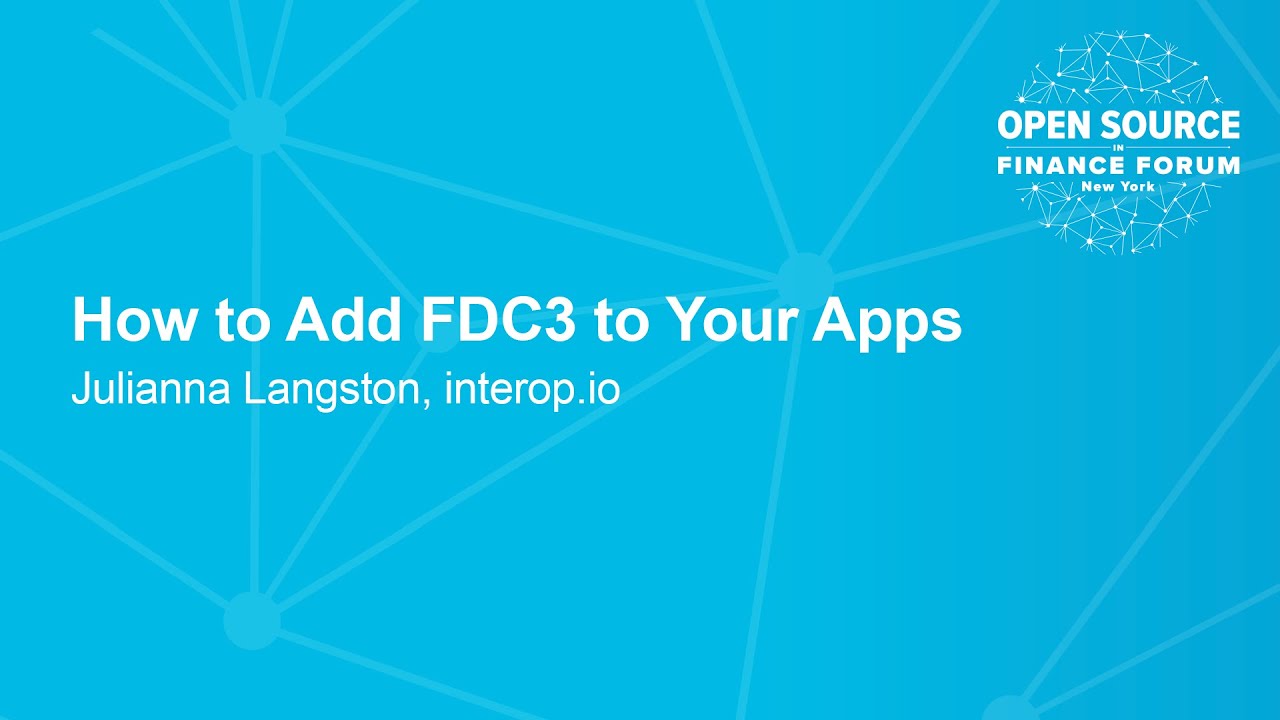This is a recording from last year’s OSFF at New York, where Julianna Langston shows some simple steps to make an application “interoperable” with the help of FDC3. It’s a practical, hands-on guide for developers who want to get their hands dirty and make their apps talk to the outside world.
The Five-Step Plan to FDC3
- Plan: Before you write a single line of code, figure out what you want your app to do. Should it broadcast information for other apps to consume? Should it listen for data from a specific source? Or should it kick off a workflow in another application?
- Identify Your Platform: Are you building for the desktop or the web? The core FDC3 API is the same, but the initial setup can differ slightly.
- Initialize FDC3: This is often the part that developers dread, but in reality, it can be as simple as two lines of code to get the FDC3 Desktop Agent.
- Call Methods and Test: This is where you implement the plan from step one. You’ll use the FDC3 API to either broadcast context or raise intents. The video shows how to use tools like the FDC3 Workbench to test your implementation in real-time.
- Write Your App Definition: This is the metadata for your app. It’s a simple JSON file that tells the FDC3 world what your application is, what data it can share, and what actions it can perform.
The presentation includes a live coding demo where FDC3 functionality is added to a standard AG Grid. You’ll see, step-by-step, how to make the grid broadcast a stock when a row is clicked and how to make it listen for context from other applications to filter its data.
